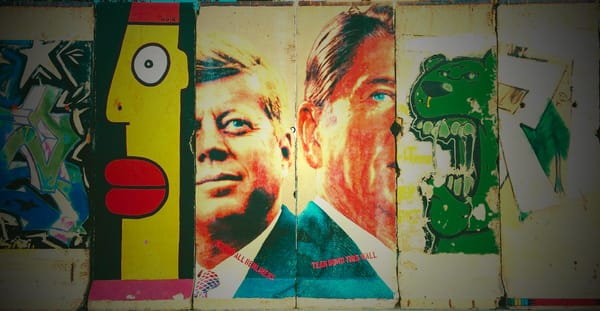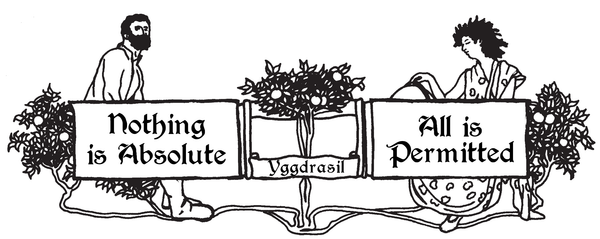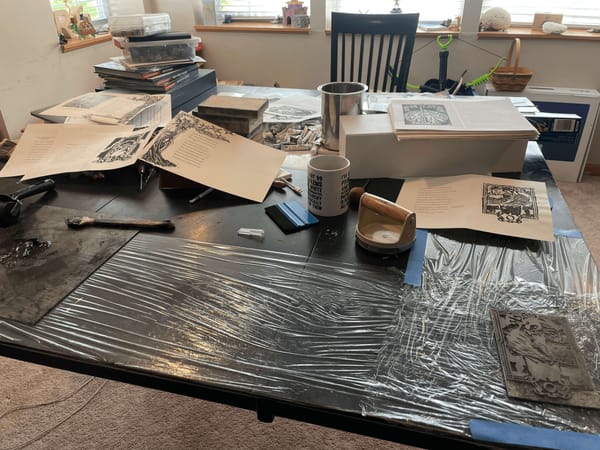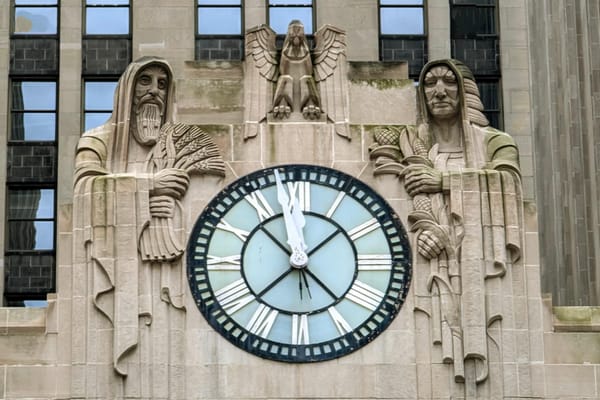Learning color theory is, of course, a fundamental thing we all are either taught or stumble through as we figure ourselves out as artists. It’s also something that underpins how many humans interact with the world, just subconsciously. All that being said, I don’t think I really appreciated it until I encountered two texts that utilized visual cues in a very specific way to convey additional information.
November 19, 2022 2 minutes read
Color Theory
The colors have meaning, and even if it isn’t explicit, it subconsciously informs the reader that this “thing” is connected to that other “thing.”
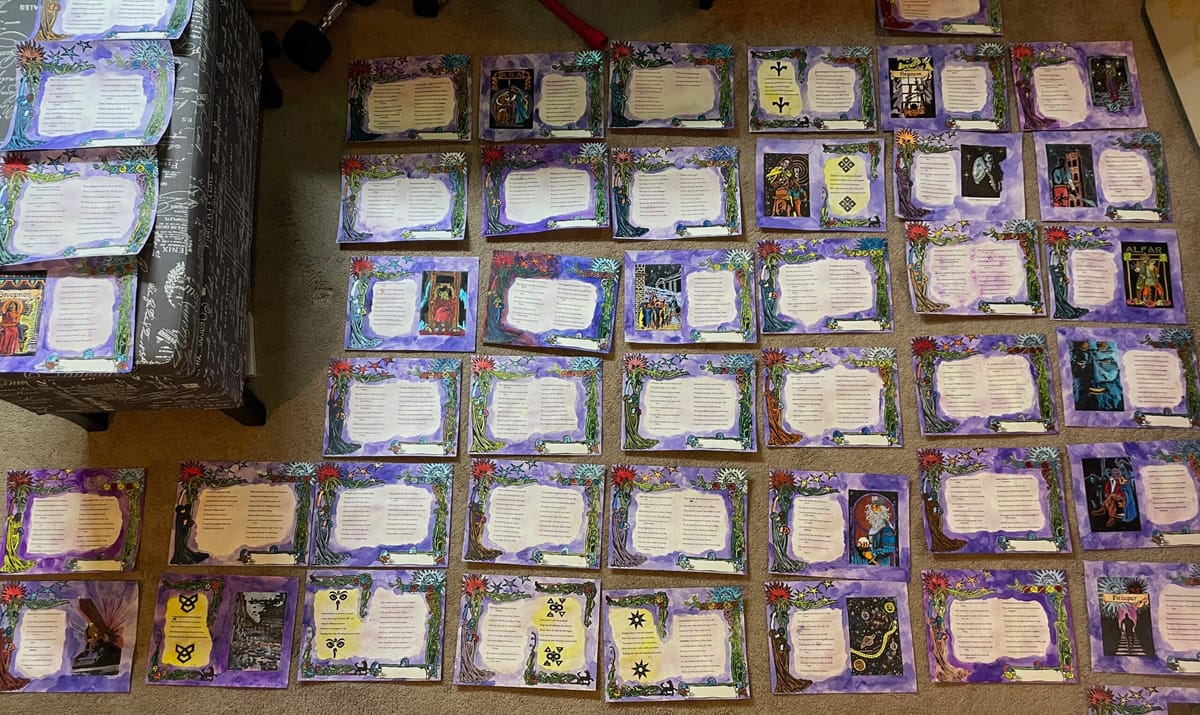
This post is for subscribers only
Sign up now to read the post and get access to the full library of posts for subscribers only.
Sign up now Already have an account? Sign in
